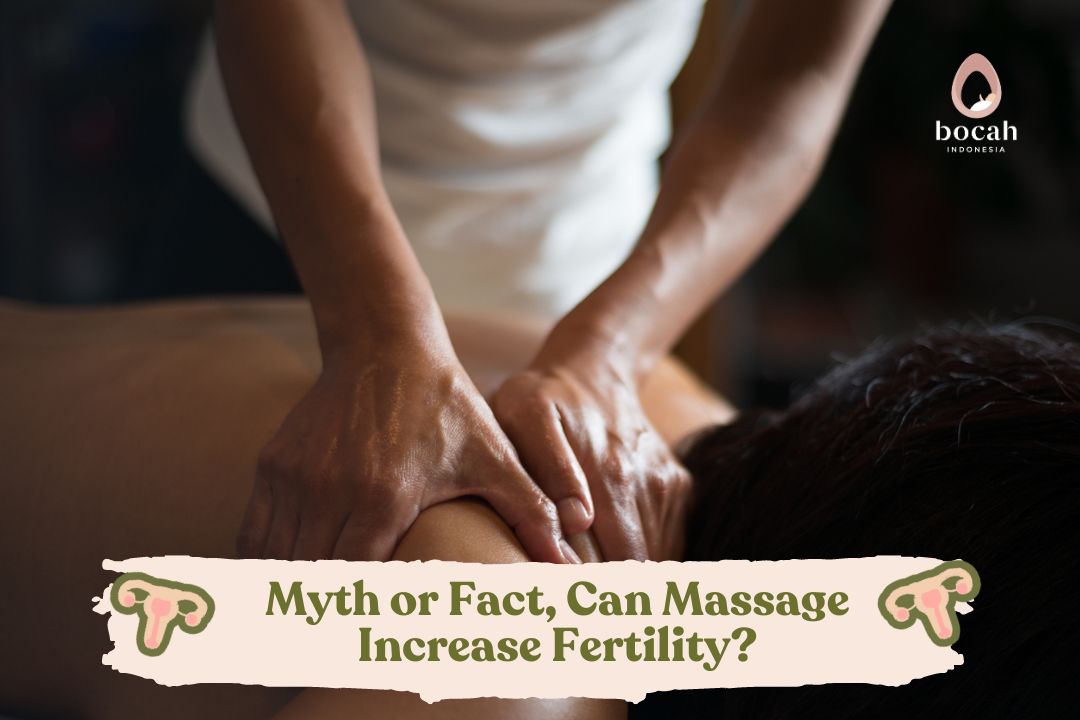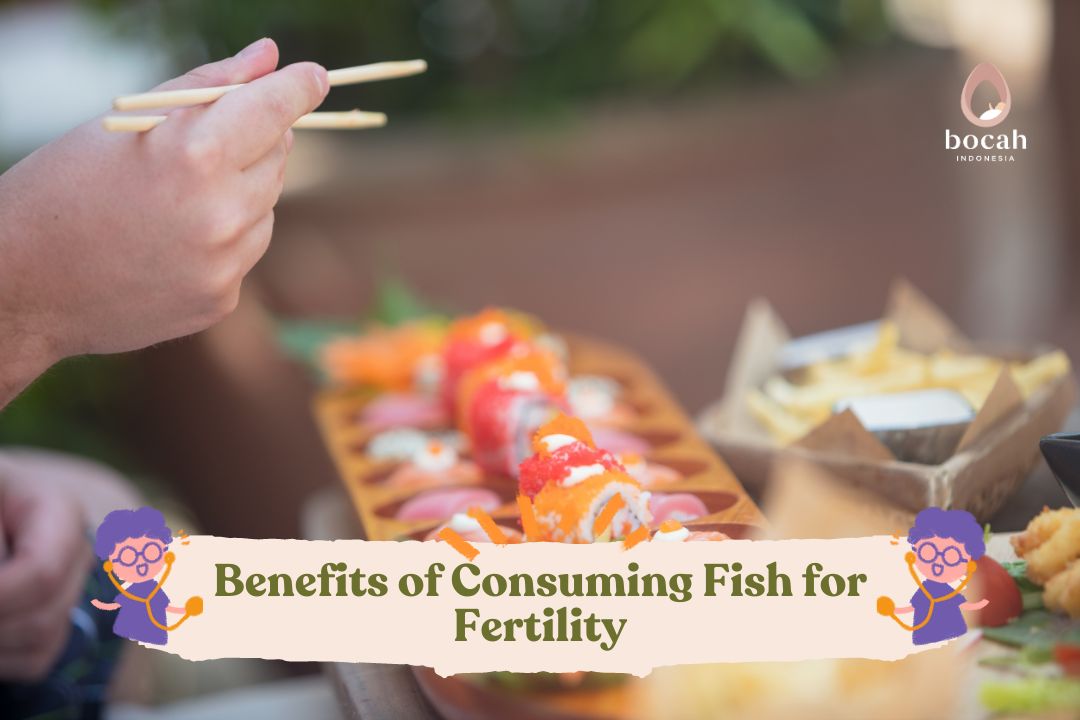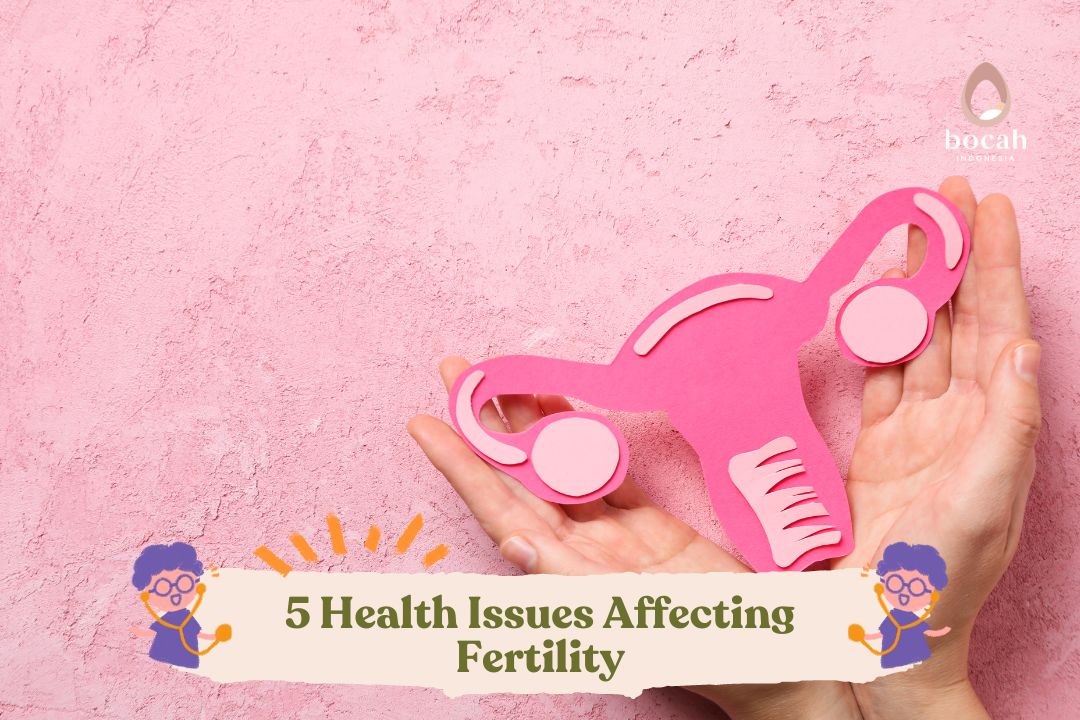Checking Egg Cell Size, Are You Sure About Fertility?

Egg cells play a crucial role in the female reproductive system, especially in the fertilization process. Fertilization occurs when an egg cell meets with sperm. This fertilization happens when the egg cell matures and is released by the ovary to be fertilized. In essence, the normal size of an egg cell ranges from 18 to 24 mm. This size of the egg cell can be considered larger than the sperm cell itself and has a round shape. When the egg cell reaches this size, it is ready to be fertilized.
Mature egg cells are released from the ovary into the fallopian tube. This process is known as ovulation. If the egg cell meets with a sperm cell, fertilization takes place, leading to pregnancy.
On What Day is Egg Cell Size Checked?
Egg cell size can be determined by conducting a transvaginal ultrasound (USG). This examination can be performed on days 2 to 5 of the menstrual cycle. Through transvaginal USG, the number and size of follicles in the ovaries can also be determined.
It’s important to note that egg cells are produced even while a woman is still in the womb. By the 6th month of pregnancy, the fetus has produced 7 million oocytes or immature egg cells. Most of these oocytes will die before birth. Don’t worry, this is a normal process.
As age advances, the number of egg cells also decreases. Even when a woman enters puberty, the number of egg cells is only around 500,000 and continues to decrease into adulthood.
Tanya Ferly tentang Promil?
According to Dr. Beeleonie, BMedSc, SpOG – KFER, a specialist in obstetrics and gynecology at the Indonesian Pediatric Fertility Center, the ovaries release around 1000 egg cells every month through menstruation.
However, despite the low number of egg cells, it doesn’t mean a woman cannot get pregnant, as only one egg cell will be fertilized by sperm. Especially when a woman reaches the age of 35, the number and quality of egg cells decline.
What if Egg Cell Size is Small?
Small egg cell size is a medical term often used when egg cells have not developed or matured. This condition is referred to as an immature ovum. Egg cells that are not yet mature become active when a woman enters puberty.
If egg cells are not mature, their size does not reach the normal size. When a woman enters puberty, the pituitary gland in the brain becomes active. This gland produces hormones that stimulate the ovaries to produce female sex hormones and mature egg cells.
The condition of an immature ovum prevents sperm from fertilizing it due to its immature state, making it difficult to conceive quickly. However, the condition of small egg cell size can be addressed with various treatment methods tailored to their respective causes, providing a chance for pregnancy.
Now that you’ve learned how to assess egg cell size through transvaginal ultrasound on days 2 to 5 of the menstrual cycle, you’re more aware of reproductive health. Hopefully, the above information is beneficial. Don’t forget to share this article with other mothers out there!
Source:
- Anderson, R.A., Telfer, E.F. (2018). Being a good egg in the 21st century. Br Med Bull. 2018 Sep 1;127(1):83-89.
- Dilawar, M.A., et al. (2021). Egg Quality Parameters, Production Performance and Immunity of Laying Hens Supplemented with Plant Extracts. Animals (Basel). 2021 Apr; 11(4): 975.
- Scheffer, G.J., et al. (2003). The number of antral follicles in normal women with proven fertility is the best reflection of reproductive age. Human Reproduction, Volume 18, Issue 4, April 2003, Pages 700–706.
- Palatnik, A., et al. (2012). What is the optimal follicular size before triggering ovulation in intrauterine insemination cycles with clomiphene citrate or letrozole? An analysis of 988 cycles. Volume 97, Issue 5, P1089-1094.E3, May 2012.








